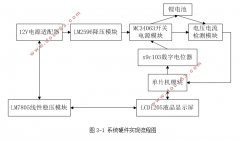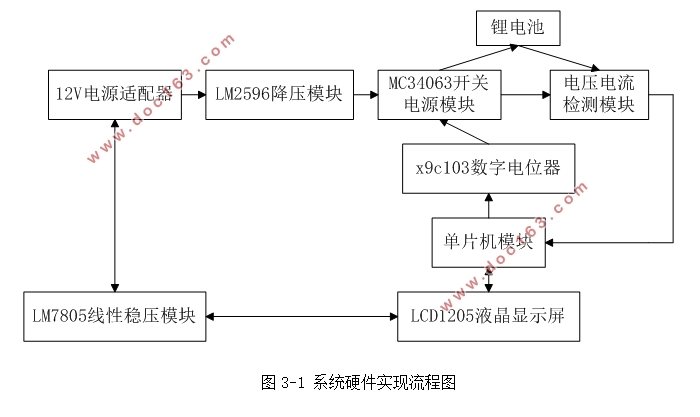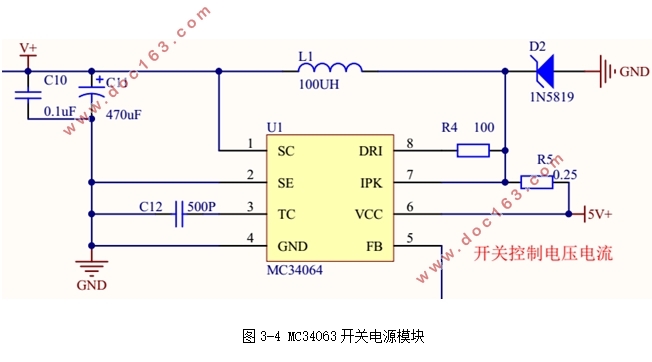基于开关电源的智能手机充电器的设计

1.无需注册登录,支付后按照提示操作即可获取该资料.
2.资料以网页介绍的为准,下载后不会有水印.资料仅供学习参考之用.
密 惠 保
基于开关电源的智能手机充电器的设计(论文10000字)
摘要:开关电源的诞生极大地提高了人们对电力能源的使用效率,并且缩小了产品的体积、重量,是电源发展史上的里程碑。课题主要是为了实现以开关电源为核心供电的手机充电器的智能充电模式。主要原理就是使用微处理器对开关电源进行脉宽调制改变电流电压输出,完成智能充电的过程,从而实现对手机的智能充电。硬件组成部分包括电源设配器、降压模块、线性稳压模块、开关电源模块、数字电位器、运算放大器、单片机系统以及液晶显示模块。软件部分则是需要实现根据检测到的电压和电流选定合适的充电模式功能,达到以安全为前提要求下的快速充电同时能够延长电池的寿命的要求。最终我们可以在液晶显示屏上观察到整个充电过程中电压和电流的数值变化。
关键字:智能充电器;开关电源;脉宽调制(PWM);MSP430单片机
Intelligent mobile phone based on SMPS
ABSTRACT: The birth of a switching power supply greatly improves the efficiency of electrical used energy, and reduces product size, weight. It is a milestone in the power development of history. The research is mainly to achieve the intelligent charging mode of a smartphone based on switching power supply. The main principle is to use the microprocessor of switch power supply pulse width modulation to change current/voltage output so as to complete intelligent charging process and realize intelligent charging for mobile phone. Hardware components include the provided power adapter, step-down module, linear voltage regulator, switching power supply module, digital potentiometer, an operational amplifier, the SCM system and liquid crystal display modules. Software part is required to achieve the appropriate charging mode function based on the detected voltage and current selection, in order to achieve fast charging under the premise of safety requirements and extending battery life. Ultimately, we can observe the changes in value of the whole process of charging voltage and current on the LCD screen.
Keywords: Smart charger; switching power supply; pulse width modulation (PWM); MSP430 Single chip microcomputer


目 录
1 绪论 5
1.1 课题研究的背景及意义 5
1.2 国内外研究现状 5
2 系统整体框架设计 6
2.1 系统基本要求 6
2.2 整体设计原理 6
2.3 电源的选择 6
2.4 系统控制方式选择 8
3 系统硬件设计 10
3.1电源模块 10
3.1.1 12V电源适配器 10
3.1.2 LM2596开关电源调节器 10
3.1.3 MC34063开关电源 11 [资料来源:http://think58.com]
3.2 控制模块 11
3.2.1 线性稳压电源模块 11
3.1.2 MC34063开关电源模块 12
3.2.2 MSP430单片机开发板 12
3.2.3 数字定位器 14
3.3 反馈模块 14
3.4 显示模块 15
4 系统软件设计 16
4.1 充电过程 16
4.1.1 预充电 16
4.1.2 快速充电 16
4.1.3 接近满电 16
4.1.4 满电 16
4.2 程序控制策略 17
5 测试与实验 17
6 结论与体会 18
6.1 总结 18
6.2 体会 18
参考文献 18
致谢 20 [资料来源:http://think58.com]
